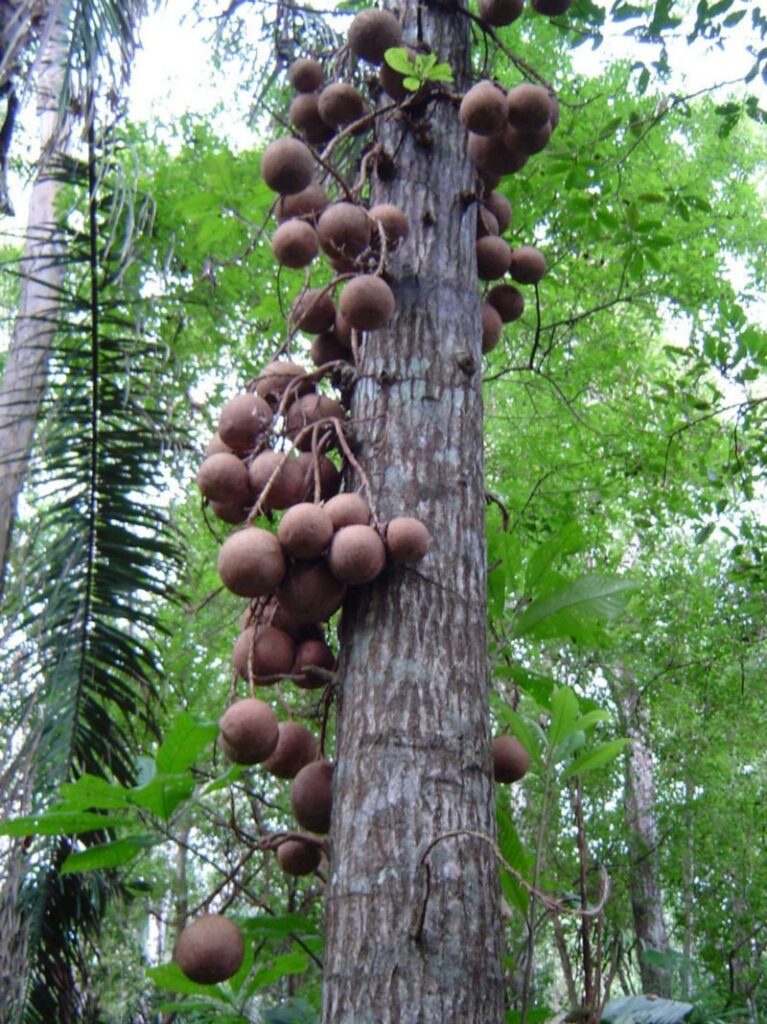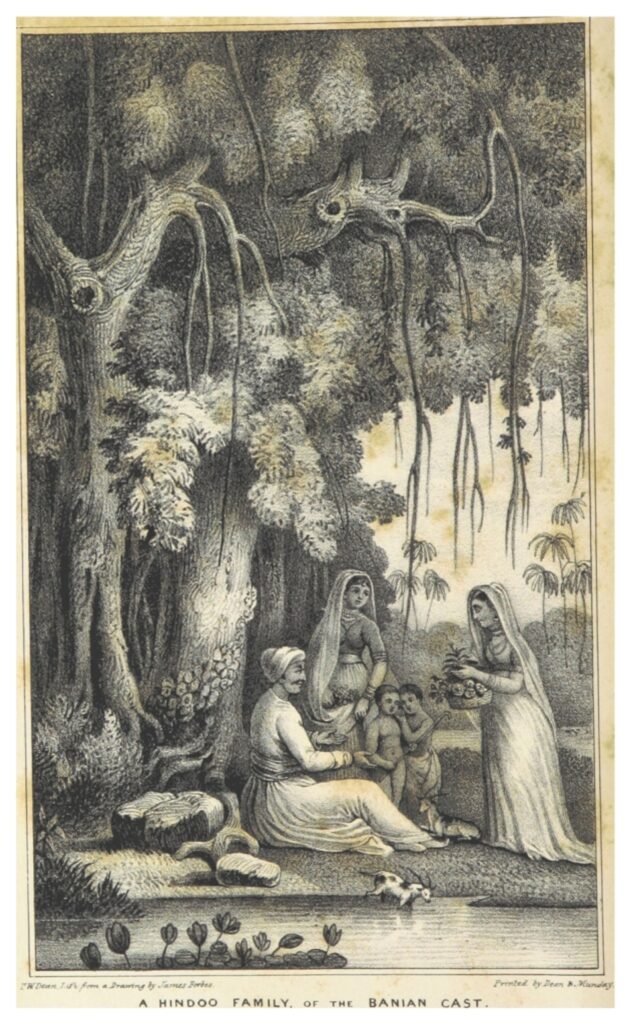Nature Walk @ Lalbagh Botanical Garden, Bangalore

I got an opportunity to take the Rotary Club, Basavanagudi Rotarians on a nature walk on 8th January, 2023. We had a nice gathering of around 25 people who joined us to explore the biodiversity of Lalbagh Botanical Garden in Bangalore. And I tell you, we could not have chosen a better spot for a nature walk! Apart from being a popular tourist attraction in Bangalore, this 240 acre garden is also known for its rich biodiversity. Lalbagh garden houses India’s largest collection of tropical and subtropical plants. It is a naturalist’s delight! The garden also houses a lake, an aquarium, a greenhouse and several other attractions that make it one of the most visited places in Bangalore.





A Royal Affair
If you look up its origins, you will find that it was intended to be a garden for the Royals. The garden was established by Hyder Ali, the ruler of Mysore in 1760 and later developed by his son Tipu Sultan, also known as the ‘Mysore Maharaja’. So, while learning about nature, our nature walkers are also experiencing a day in the life of a Bangalore Royal. Isn’t it so exciting?

A personal motivation for me in engaging with the nature fraternity in Bangalore and doing walks like these is because I feel strongly that the rich biodiversity of India deserves attention. This is perfect time for us to interact with it, either as naturalists, artists, documenters or just simply as those who look upon it with eyes of wonder and love. The same thing applies here to what they say about the planting of a tree – The best time to do it was 20 years ago, the next best time is now.
Contents
In this blogpost, I would like to showcase some of the interesting things we saw on our walk. And perhaps you can spot them, the next time you are at Lalbagh. There is much more to see, of course and this is not a comprehensive list. I am sure every time we visit, we see and learn more!
The Peninsular Gneiss Rock


We started from the awe-inspiring rock hill on the garden side that touches Siddhapura Road. This rock is called the Peninsular Gneiss rock. It would feel odd for the visitor – why in the world is there a big rock hill right here in the city? I felt the same. But, what would add to the curiosity is that this here happens to be the oldest rock in recorded human history! Can you believe it? Right here in Bangalore’s backyard. The rock is around 3000 million years old and geologists have travelled from all over the world to study this rock. The founder of Bangalore – Kempe Gowda must have also sensed the special importance of this rock, as he chose it as one of the four locations for his towers that mark the outer boundaries of the city that he planned almost 6 centuries ago.
Kempegowda’s other towers are in Mekhri Circle, Ulsoor Lake & Kempambudhi Lake.
The Tincture Plant

Coming down from the rock, we spotted our first plant of interest. It is called the Tincture Plant. Hobbyist gardeners might also recognize this plant as the Purple Waffle Plant or the Red Flame Ivy. Scientific Name – Hemisgraphis alternata. It has a colorful foliage, exhibiting a purplish hue. It is said that the juice of this plant can be applied to stem bleeding. Having purple leaves on this plant is interesting, and it seems as if the purple leaves are attesting to its wonderful blood clotting properties.
The Java Fig


Then, we turned right towards the Glass House, on the path flanked by Java Fig Trees on both sides. The Java Fig or Ficus benjamina trees. There are many members in the Ficus family, and you would be happy to know that some of the favourite Indian trees belong to the Ficus family, such as the Banyan Tree, Peepal tree. To proliferate, each fig tree requires a fig wasp and proliferation can only happen if the corresponding wasp exists in the environment. Sadly for the Java Fig, the wasp isn’t visiting Bangalore anytime soon and so it doesn’t get to spread itself the traditional way. Nonetheless, the Java Figs are beautiful trees with an imposing presence as you walk down the Lalbagh Path. The tree has a carpet of small, red, rounded ‘fruit-like’ things strewn under it. But, do you know the interesting thing? These are not the fruit, but the flowers of the tree. And the way that these flowers get pollinated is also a long and amazing story in itself. We’ll cover it in a blogpost one day. I’m attaching a video for you to understand the mutualistic relationship between figs and fig wasps – here
Raintree


Do you know this tree? People of Bangalore love it! The city of Bangalore gets its unique look from an abundance of rain trees on its streets. The raintree is also known as the Monkey Pod Tree. It has a wide shelter of evergreen, soft foliage. I wondered why this tree is called a Rain Tree. I got to know that earlier people noticed that – the tree possessed an interesting habit of occasionally spraying the ground beneath with moisture. But, this was a mistake on the part of the observers. Later botanists discovered that the spraying was caused because of the innumerable minute insects. But, the name still stuck around. I guess it’s right what they say, you’re known by the company you keep. And the raintree probably keeps the company of trigger happy insects! Haha.
I got this story from https://www.indianetzone.com/4/the_rain_tree.htm
Birdwatching
We were also carrying our binoculars and got a chance to notice some exquisite birds of the cityscape such as Black Kite, White Cheeked Barbet, Asian Koel & Coucal. We also spotted a bird of prey sitting atop a tree and the whole crowd erupted into exclamations : Look! It’s an eagle!

But, a closer look through the binoculars showed that it was actually a Black Kite. This really surprised people, because we have mostly heard about eagles and hawks. It’s a common error.
But, I’ll give you a hint. You can look at the size and the shape of the tail to find the difference. At Naturenika, I’ve written a resource which can help you distinguish between an eagle and a kite. You can go check this resource.
Cannonball Tree


A tall and impressive tree with large fruits growing on the trunk. The “cannonball tree,” so called for the appearance of its large, round, woody fruits, is a member of the Brazil nut family (Lecythidaceae) native to Central and South America. Cannon ball trees usually carry ‘CAUTION’ signs posted on the trunks to advise people not to stand close to and directly under the fruits as one can get hurt as they drop off by themselves.
Banyan Tree


We have all seen the Banyan tree with its hanging branches. It holds a special place in our imagination, especially since it is also considered to be such a sacred tree in Indian culture. In fact, the very name of this tree is tied up with our country’s history. As you might know, there is an Indian community of merchants known as Bania. When the early European travellers like the Portuguese arrived in India, they saw that the Banias would conduct their business and sell their wares exclusively under this particular tree. Which is why it started being called the Banyan tree after the banias. Eventually ‘banyan’ became the name of the tree itself. The generic name, Ficus is a Latin name for figs and the specific epithet, benghalensis is named after the place of its origin, Bengal.
This is how we concluded our nature walk in Lalbagh. You can see the happy and enthusiastic lot over here. It is because of our lovely audience that the walk was memorable and energetic!

I hope to keep bringing you updates from the field. A big thank you to my walk co-lead, Chandrashekhar Koira, to Rtn Latha Krishna for making this possible and Priya Venkatesh, the founder of The Naturalist School for enabling and encouraging such events.
To get updates about future walks, just plug in to our social media channels :
Naturenika
https://www.instagram.com/naturenika/https://www.facebook.com/Naturenika
The Naturalist School
https://www.instagram.com/naturalist.school/https://www.facebook.com/naturalistsch
Naturenika, signing out. 😃


